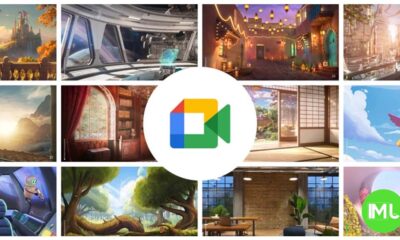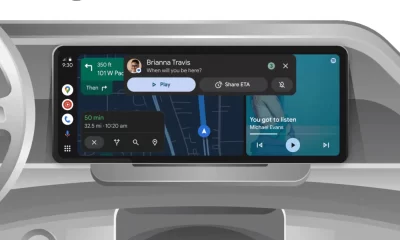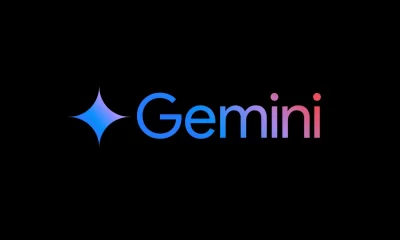Android
Leaked Tensor G5 and G6 Chip Configurations: Performance boosts and Android 16’s improved Quick Settings

Recent leaks have revealed exciting details about Google’s future Pixel chipsets, Tensor G5 and G6, along with improvements that Android 16 will bring to its Quick Settings panel.
Tensor G5 and G6: Core Configurations and Performance Improvements
The leaks, first reported by Android Authority, give us an inside look at the Tensor G5’s architecture. The chip, built on TSMC’s N3E process, continues to use the Arm Cortex-X4 CPU and adopts a 1+5+2 configuration. This includes one Cortex-X4 performance core, five Cortex-A725 cores (upgraded from the A720), and two unchanged Cortex-A520 cores. This shift should result in better handling of performance-heavy tasks while maintaining power efficiency.
One major change with the Tensor G5 is on the GPU front. Google will move away from Arm Mali and introduce a new GPU developed by Imagination Technologies. This GPU, known for its ray tracing capabilities, is expected to enhance graphic performance significantly, especially in virtual machines. Imagination Technologies previously partnered with Apple before Apple moved to in-house solutions, marking a notable return to prominence for the company.
In addition, Google is also boasting about a 14% performance boost in the Tensor Processing Unit (TPU), which handles AI and machine learning tasks.
Following this, Notebookcheck released additional details about the Tensor G6, which is set to power the Pixel 11. The G6, codenamed “Malibu,” will be based on TSMC’s more advanced N3P node and feature a 1+6 core layout. The flagship core will be the unannounced Cortex-X930 (expected to be branded as X5), alongside the Cortex-A730 cores. Interestingly, Google seems to be following Qualcomm’s lead with the Snapdragon 8 Elite by focusing more on performance cores rather than efficiency cores, suggesting that higher-performing cores can now manage energy consumption efficiently.
Another important improvement in the Tensor G6 is a new version of the Imagination Technologies GPU, which consumes 15% less power than its predecessor. While these leaks give us significant insights into Google’s plans, the exact state of this information is unclear, and things could change by the time these chips are officially announced.
Android 16: Quick Settings Overhaul
In addition to hardware advancements, Google’s upcoming software update, Android 16, is expected to bring an improved Quick Settings experience. Currently, in Android 15, users face an unorganized, two-column list when editing Quick Settings. Whether it’s a system tile or one provided by an app, finding and adding the right tile can be cumbersome, especially as more apps add their own shortcuts to the panel.
Leaked details found in the latest Android 15 beta indicate that Android 16 will introduce categorized Quick Settings tiles, making it much easier to organize and find tiles. These categories include:
- Accessibility – tiles like Color correction, Hearing devices, etc.
- Connectivity – tiles such as Data Saver and Hotspot.
- Display – likely containing screen-related settings.
- Privacy
- Provided by Apps – for third-party app tiles.
- Unknown
- Utilities – for tools like device controls and the QR code scanner.
The update aims to eliminate the frustration of scrolling through long, unorganized lists to find specific Quick Settings. While the current Android 15 update already shows some changes, it’s clear that this full revamp will likely be part of Android 16’s release.
This overhaul will streamline the user experience by automatically hiding categories that no longer have available tiles to add. For example, if you’ve already added tiles from the Utilities category, it will disappear from the editing view, reducing unnecessary clutter.
Conclusion
With both the Tensor G5 and G6 promising significant performance improvements and Android 16 bringing much-needed organization to the Quick Settings panel, Google is focusing on enhancing both its hardware and software experiences. Whether through better performance in gaming and AI tasks or a smoother interface for everyday settings, Pixel users can expect a more powerful and user-friendly experience in the years to come.
Android
Easy ways to change Android Auto’s look with light and dark themes
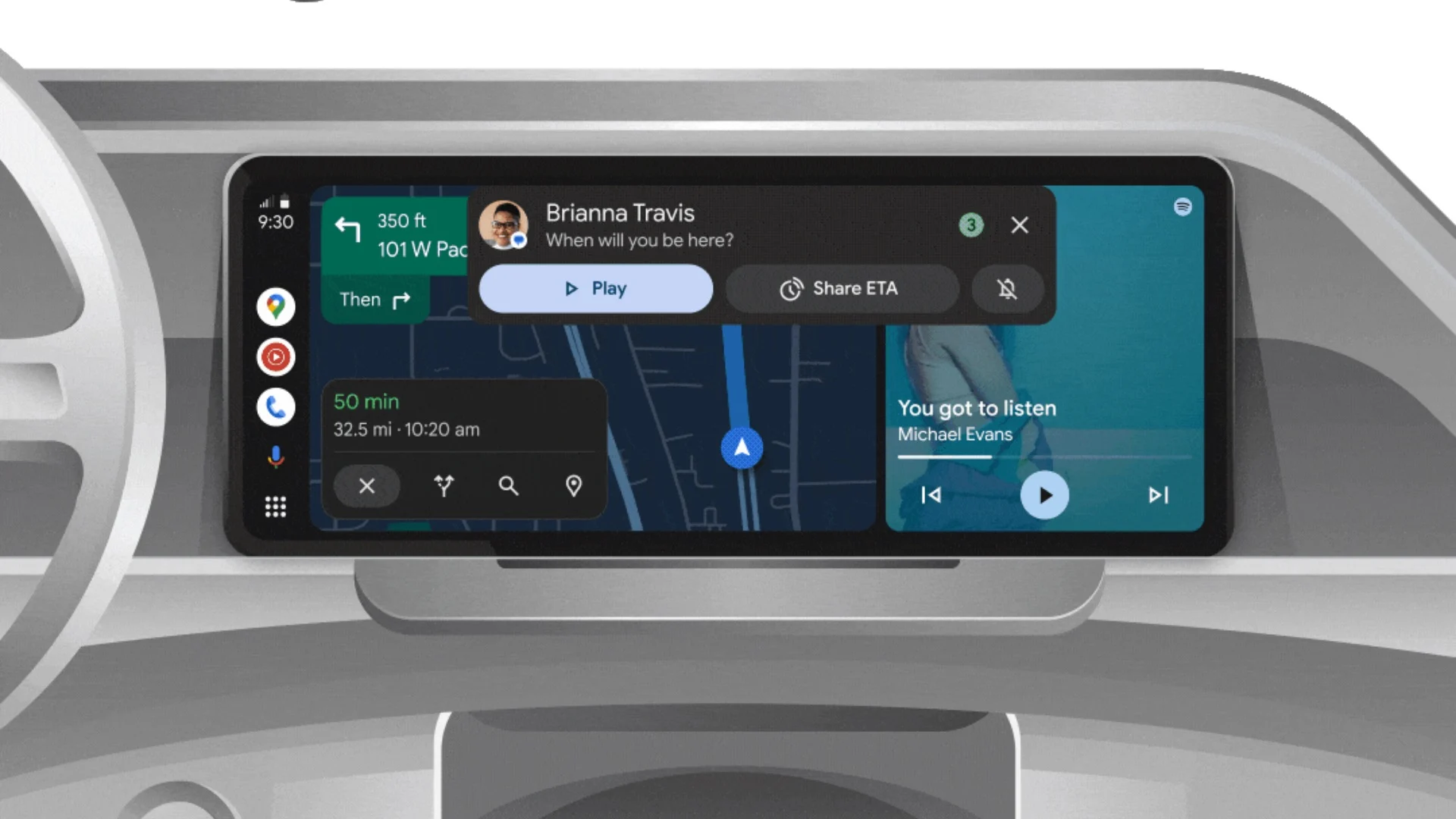
Android Auto is a helpful tool that lets you use your phone’s apps safely while driving. It connects your phone to your car’s screen, making it easier to use maps, music, and calls. One of the features many people like is the ability to change how Android Auto looks by switching between light and dark themes.
How to switch between light and dark themes
Android Auto offers two main themes: light and dark. The light theme uses brighter colors, which can make the screen easier to see during the day. The dark theme uses darker colors, which can be more comfortable for your eyes at night or in low light.
To change the theme, follow these steps:
- Open the Android Auto app on your phone.
- Go to the settings menu.
- Find the “Theme” option.
- Choose between “Light,” “Dark,” or “Set by car” (this lets your car decide the theme based on the time of day or your car’s settings).
Why themes matter
Using the right theme can make driving safer and more comfortable. The light theme is good for bright days, while the dark theme helps reduce glare at night. Having these options means you can pick what works best for you, making Android Auto easier to use in any condition.
In short, Android Auto’s theme options are simple to use and help you drive more safely by making the screen easy to see, no matter the time of day.
Android
Google’s New Updates: Gemini 2.5 Pro, Android 16 features, and Messages change

Google has just rolled out some exciting updates across its services and apps. Here’s a simple breakdown of what’s new and what it means for you.
Gemini 2.5 Pro is here
Google has launched Gemini 2.5 Pro, the latest version of its AI model. This upgrade brings smarter and faster responses, making it easier for users to get helpful answers. Gemini 2.5 Pro is now available in Google’s AI Studio and Vertex AI, so developers can build even better tools and apps using this technology.
Android 16 brings more customization
Android 16 is adding new ways to personalize your phone. One of the standout features is the ability to hide the clock on your lock screen, giving you a cleaner look if you want it. This is part of Google’s push to let users make their phones feel more unique. There’s also a new animation for the power button, making the experience smoother and more modern when you turn your phone on or off.
Google Messages removes the unsubscribe button
If you use Google Messages, you might notice that the “Unsubscribe” button is gone from some business messages. Google has removed this feature, so users now have to find other ways to stop unwanted texts. This change might make it a bit harder to manage spam, but Google hasn’t said why the option was removed.
What does this mean for you
These updates show that Google is focused on making its products smarter and more personal. Whether you’re using AI tools, customizing your phone, or managing your messages, you’ll see some changes that aim to improve your experience.
Android
Here’s what’s new with Google Keep and Android Automotive apps

Google Keep is getting a fresh look with the new Material You design, making it more colorful and easier to use on Wear OS smartwatches. The update brings bigger buttons and clearer text, so you can quickly jot down notes or check your lists right from your wrist. This makes Google Keep more handy when you’re on the go and don’t want to pull out your phone.
On another front, Android Automotive is improving how apps show information while you drive. Instead of opening full apps, you’ll see simple cards on your car’s screen that give you important details at a glance.
These cards help keep your focus on the road by showing things like music controls, navigation updates, or reminders without distractions. This new card system is designed to work smoothly with apps like media players and navigation tools, making your driving experience safer and more convenient.
Together, these updates show Google’s effort to make its apps smarter and easier to use in everyday life, whether you’re walking around with your smartwatch or driving your car. The focus is on clear, simple designs that help you get things done quickly without hassle.
In short, Google Keep’s new look on Wear OS and the smart cards in Android Automotive are small but useful changes that make tech fit better into your daily routine.
-
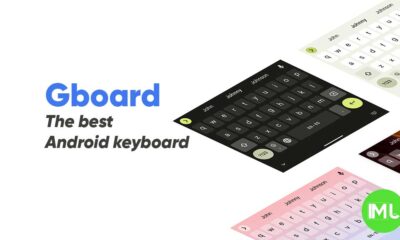
 Apps1 year ago
Apps1 year agoGboard Proofread feature will support selected text
-

 News1 year ago
News1 year agoSamsung USA crafting One UI 6.1.1
-

 Apps1 year ago
Apps1 year agoGoogle Contacts app testing new Besties Widget
-
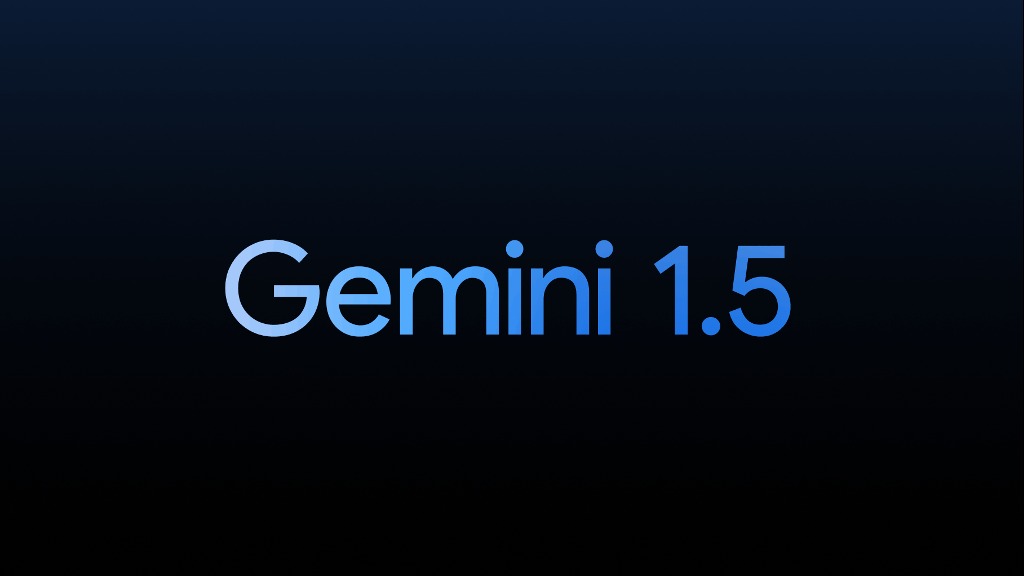
 AI12 months ago
AI12 months agoGoogle Pixel 9 Pro may come with a complimentary one-year Gemini Advanced subscription
-

 Apps12 months ago
Apps12 months agoGoogle working on a new video editing feature for its Photo app
-

 News1 year ago
News1 year agoBreaking: Samsung Galaxy S22 may get Galaxy AI features
-
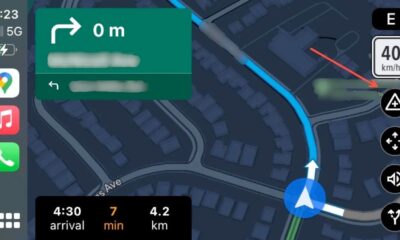
 Apps12 months ago
Apps12 months agoGoogle Maps lets you report traffic jams and accidents on Apple CarPlay, but not on Android Auto
-

 Apps1 year ago
Apps1 year agoGoogle Messages app will transform MMS chats into RCS

